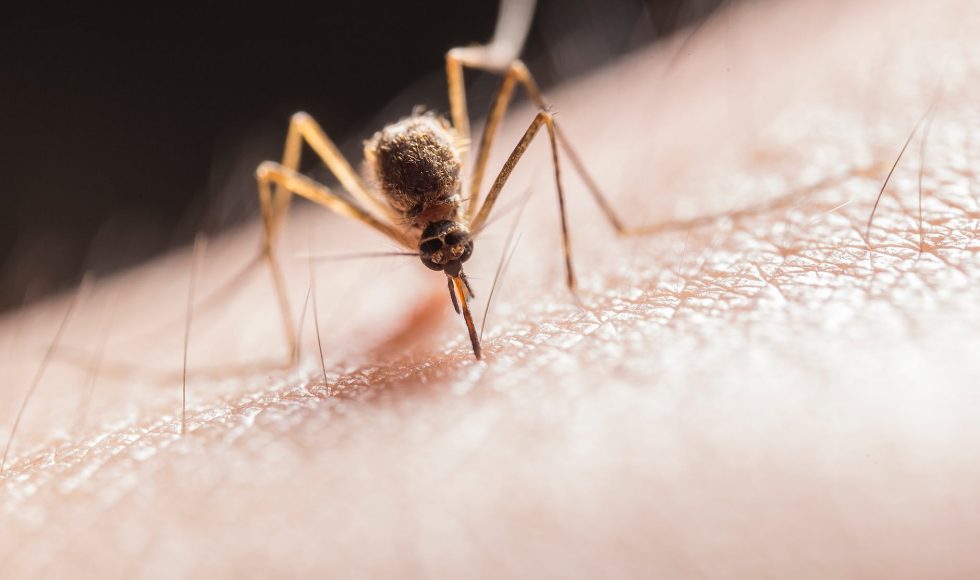Jasper Verwilt from Ghent University in Belgium presented at the Nanopore Community Meeting 2022 on “Revealing plasma exRNA’s deepest secrets.” The title of this ten-minute session was intriguing. Verwilt explained that human blood is a very unfriendly environment, yet some exRNA exist! I had never thought about this! There are, Verwilt shared, linear and circular […]
“Use of Pore-C to explore the 3D organization of animal symbiont chromosomes” was the title of the session Tobias Viehboeck from the University of Vienna, Austria, presented at the Nanopore Community Meeting 2022. They mentioned that there are approximately 1025 microbes that live associated with plants or animals. However, Viehboeck noted that few obligate symbionts […]
Tonight I watched Jhakelin Gloria Reyes Vasquez from the Amazon Conservation Association in Peru present at the Nanopore Community Meeting 2022. The title of the fifteen-minute session was “Population monitoring with in situ conservation genetics in the Peruvian Amazon.” Reyes Vasquez spoke about the concept of one health that combines communication, collaboration, coordination and capacity […]
Melanie Sagniez from the CHU Sainte-Justine Research Centre in Canada presented on “Rapid leukemia classification using nanopore sequencing” as part of the Nanopore Community Meeting 2022. This ten-minute session described part of their Ph.D. project research. They first spoke about pediatric leukemia and the current diagnostic process. I didn’t realize that the process takes on […]
Tonight I watched Katrina Kalantar present a ten-minute session at the Nanopore Community Meeting 2022 entitled “CZ ID: an open-source cloud-based pipeline and analysis service for metagenomic pathogen detection and monitoring.” Kalantar is a computational biologist at the Chan Zuckenberg Initiative (CZI). I did not know about this pipeline! CZI is open-source and enables simple […]
Samuel Fisch from Tulane University School of Public Health and Tropical Medicine presented at the nanopore Community Meeting 2022 a ten-minute session on “Monitoring the circulation of SARS-CoV-2 variants through community wastewater sequencing.” Fisch stated that he goal was to “perform genomic sequencing on wastewater samples to detect variant changes within the local environment.” Wastewater […]
Nick Vereecke from PathoSense BV in Belgium presented “Intra- and inter-cattery epidemiology of feline coronavirus in Belgium between 2018 and 2021” as part of the Nanopore Community Meeting 2022. This five-minute session was packed with information. They described the feline coronavirus (FCoV) that was first detected in 1963 and has 3 serotypes so far. The […]
Mantas Sereika from Aalborg University in Denmark presented at the nanopore Community Meeting 2022 on “Targeted deep metagenomics for the recovery of novel closed microbial genomes from highly complex communities.” I thought this ten-minute session had an intriguing title, as I begin to wonder what we will do next in the BIT 295 course in […]
Sung won Lim from Binomica Labs in the USA did a flash talk at the Nanopore Community Meeting in 2022 about “MinION outcome in amateur research: three genomes from 2018 to 2022.” They started using MinION for fun as a “weekend project.” They sequenced Deinococcus radiophilus GCF 020889623.1 and compared it to other genomes deposited […]
Katherine Lawrence, a Machine Learning Bioinformatician with Oxford Nanopore, spoke at the Nanopore Community Meeting 222 about “Advances in duplex basecalling.” They defined duplex sequencing as both ends of the DNA with adaptor motor proteins and two reads from the same molecule. Duplex basecalling incorporates information from both reads’ signals and improves accuracy with the […]











